Planting locations- rotation plot or bio-intensive
linzelu100
11 years ago
Related Stories
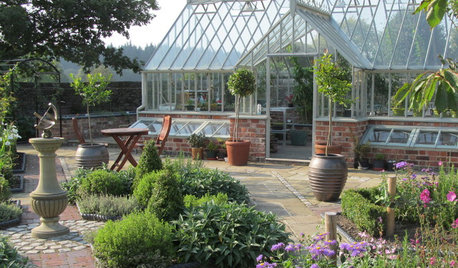
GARDENING GUIDESWindy English Plot Becomes a Kitchen Garden
A garden in Derbyshire’s Peak District combines practical elements and beautiful design
Full Story
GARDENING FOR BUTTERFLIES3 Ways Native Plants Make Gardening So Much Better
You probably know about the lower maintenance. But native plants' other benefits go far beyond a little less watering and weeding
Full Story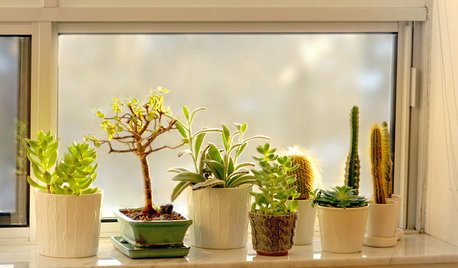
DECORATING GUIDES8 Space-Savvy Gardens
If a windowsill or a small balcony is the only garden space you have, look to these smartly styled plant plots for inspiration
Full Story
GARDENING GUIDES6 Plants That Beat Butterfly Bush for the Wildlife Draw
It's invasive, a nonnative and a poor insect magnet. Check out these better alternatives to butterfly bush in the garden
Full Story
HOUSEPLANTS8 Essentials for Healthy Indoor Plants
Houseplants add so much to our homes — and can thrive when grown in the right conditions. Keep these tips in mind
Full Story
INSPIRING GARDENSFrom Concrete Lot to Gracious Organic Garden in Seattle
Plants, pests and even weeds have a place in this landscape, which offers an edible bounty and a feast for the eyes
Full Story
GARDENING GUIDESWhat Are Your Spring Gardening Plans?
Tearing out the lawn? Planting edibles? Starting from scratch? Tell us what you plan to change in your garden this year
Full Story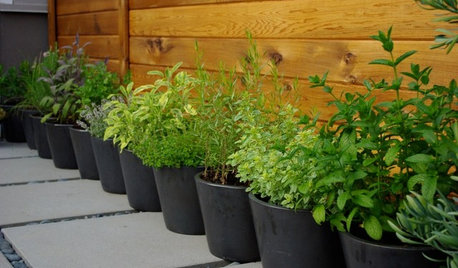
GARDENING GUIDES6 Ways to Grow Edibles in Small Places
No big backyard? Join in the grow-your-own fun with these small-space ideas for planting vegetables, fruits and herbs
Full Story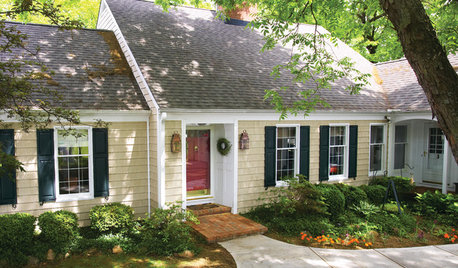
HOUSEKEEPINGHow to Wash Your House
Avoid damage to siding and plants while getting your home's exterior shining clean, with this guide to using pressure washers and hoses
Full Story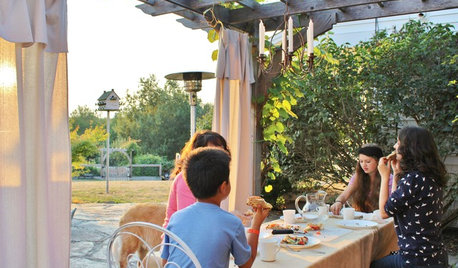
HOUZZ TOURSMy Houzz: A Modern-Day Homestead Brings a Family Together
Their 5-acre Washington property, with sports court, swings, pizza oven and gardens, is a labor of love and communal playspace
Full StoryMore Discussions







veggiecanner
digdirt2
Related Professionals
New Bedford Landscape Architects & Landscape Designers · Havre de Grace Landscape Architects & Landscape Designers · Gainesville Landscape Contractors · Waterbury Landscape Contractors · Belvedere Park Landscape Contractors · Damascus Landscape Contractors · Harvey Landscape Contractors · Hendersonville Landscape Contractors · Oak Forest Landscape Contractors · Paramount Landscape Contractors · Seminole Landscape Contractors · Palos Hills Landscape Contractors · Forest Hill Landscape Contractors · Lakeland Driveway Installation & Maintenance · Park Ridge Driveway Installation & Maintenanceveggiecanner
Raw_Nature
linzelu100Original Author
linzelu100Original Author
digdirt2
linzelu100Original Author
digdirt2
digdirt2
veggiecanner